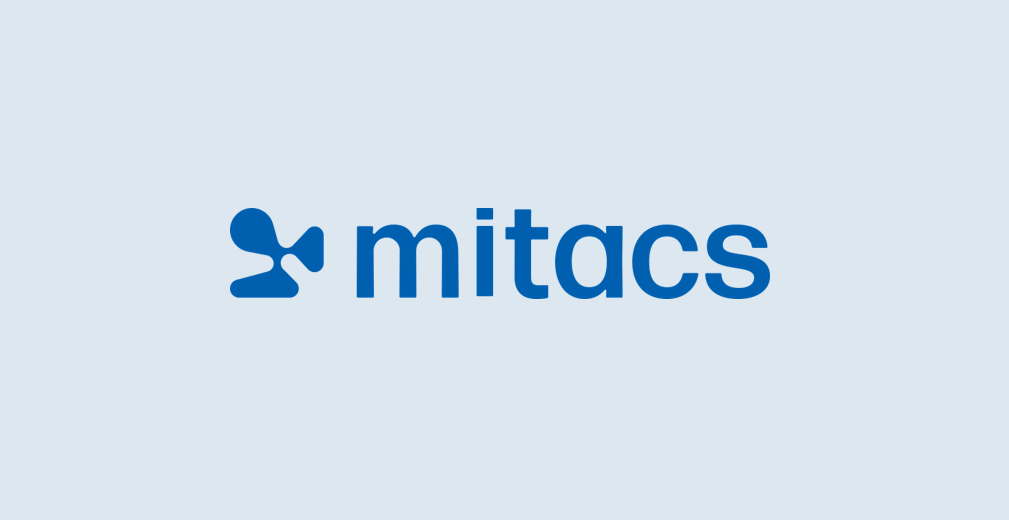
Urbanization continues to drive the land conversion from natural areas to urban uses dominated by impermeable surfaces. This conversion has direct and indirect impacts on ecosystem services that are critical for a sustainable and resilient ecosystem as well as human wellbeing. Habitat removal and fragmentation accelerate biodiversity loss in urban landscapes. Additionally, climate change exacerbates […]
Read More